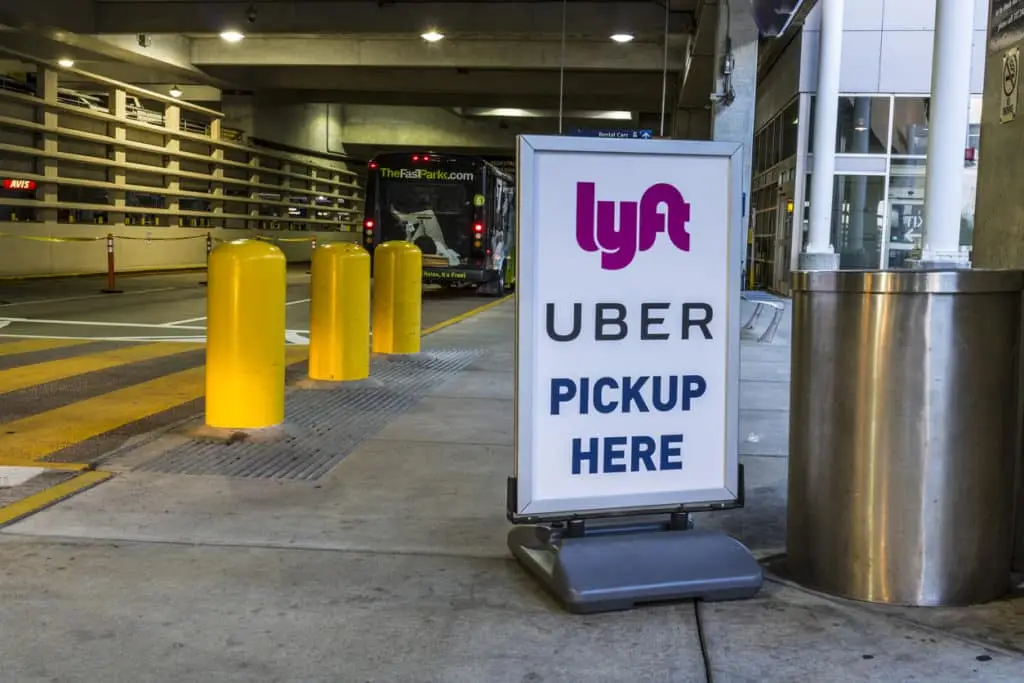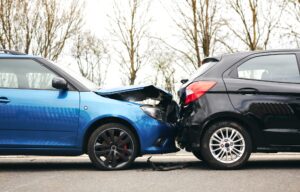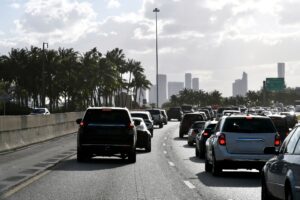Table of Contents
ToggleVehicle and Driver Requirements in California for Uber and Lyft

In 2013, California became the first state to regulate rideshare systems. The California Public Utilities Commission (CPUC) enacts and enforces rules for Uber and Lyft. Cities also have some authority to regulate these “transportation network companies.”
Uber and Lyft use the CPUC rules, local ordinances, and prior experience in other states to set the requirements for their drivers and vehicles in California.
Below, you can learn some of the requirements imposed by transportation network companies on who they hire and what the driver can drive.
Driver and Vehicle Requirements
Uber and Lyft provide an inexpensive transportation alternative to taxis. But passengers have raised questions about their safety almost from the beginning.
Ride-hailing apps work by giving your current location to a stranger. The stranger then picks you up in their car and drives you somewhere. If you get a ride home, the stranger now knows where you live.
This process requires an immense amount of trust on your part. But at the beginning, drivers and vehicles for rideshares went unregulated except for the rules that apply to all drivers and vehicles. For example, a driver needs a driver’s license and auto insurance in case of a car accident.
But as Uber and Lyft grew in popularity, stories spread about the problems passengers had encountered with the services, drivers, and vehicles.
The California legislature passed laws setting out the basic requirements for transportation network companies — the name given to the businesses that provide ridesharing services. It also gave the CPUC authority to pass rules to enforce the laws.
The legislature’s directives to the CPUC fell within a few broad categories:
- Insurance requirements
- Disclosure of passenger data to drivers
- Disclosure of driver data to passengers
- Driver requirements
- Vehicle requirements
The CPUC passed rules to regulate Uber, Lyft, and all other ridesharing services in these areas.
Driver Requirements
Uber has been plagued with allegations of stalking and sexual misconduct by drivers. To prevent people with a criminal history from becoming rideshare drivers, California requires companies like Uber and Lyft to conduct a criminal background check on applicants.
The CPUC can impose a fine on Uber or Lyft if they fail to conduct a criminal background check or hire a driver who has a conviction for:
- Sex crimes
- Homicide
- Robbery
- Assault
- Domestic assault
- DUI
- Terroristic threats
- Terrorism
- Theft
The driver must have a valid California driver’s license. The driver can also carry a valid out-of-state driver’s license if the driver is an active duty member of the U.S. military.
The driver must also provide a portrait photograph. California requires rideshare operators to provide passengers with the driver’s picture and a vehicle description when the app assigns a driver.
Company-Specific Driver Requirements
Ridesharing companies impose additional requirements on drivers, primarily to limit their liability. As the service operator, Uber and Lyft have a duty to passengers to take reasonable measures to protect their safety.
By placing additional restrictions on who can work as a driver, the companies can show that they exercised reasonable care in selecting their drivers.
Some company-specific policies include:
Age
Both Uber and Lyft have a minimum driver age. This age varies based on the city. For example, Lyft drivers in Los Angeles must be at least 25 years old. Uber drivers must be at least 21 years old.
Driving Experience
Uber and Lyft drivers must have a minimum amount of driving experience. Both companies require drivers 25 and older to have at least one year of driving experience. Uber also allows drivers between the ages of 21 and 25 to drive in California with three years of driving experience.
Insurance
Both Uber and Lyft require drivers to have an auto insurance policy that satisfies California’s insurance minimums.
California requires all vehicle owners to carry bodily injury liability (BIL) insurance of at least $15,000 per person up to $30,000 per accident. Vehicle owners must also carry at least $5,000 in property damage liability (PDL) insurance.
Additionally, the California legislature requires Uber and Lyft to carry $1 million in BIL insurance and another $1 million in uninsured motorist insurance. These requirements ensure that after an Uber or Lyft accident, injured passengers have resources for injury compensation.
Vehicle Requirements
To qualify as a driver for Uber or Lyft, you must have a vehicle that meets California’s minimum vehicle requirements, including:
- Has a capacity of eight or fewer, including the driver
- Owned or leased by the driver or rented for a term that does not exceed 30 days
- Passed a 19-point safety inspection
- Is not a taxi or limousine
Uber and Lyft allow you to complete the mandatory 19-point safety inspection for free at a company-operated vehicle inspection center. You can also complete the inspection at an authorized auto repair shop. But repair shops usually charge a fee to conduct these inspections.
Other Company-Specific Requirements
Uber and Lyft impose additional requirements on the vehicle. Both companies require drivers to use a vehicle less than 15 years old. For certain upgraded services, the companies may require a newer vehicle.
Both services also require drivers to have a four-door vehicle and exclude certain sub-compact vehicles from eligibility. And both companies require you to have a registered vehicle.
The companies have some differences. Lyft requires drivers to have a California license plate while Uber does not. Uber has a specific set of cosmetic guidelines for the appearance of vehicles, while Lyft’s policy is less clear.
Suing Uber or Lyft After a Rideshare Accident
If you get into an Uber or Lyft accident, you can use these requirements to help you prove negligence by Uber or Lyft. Specifically, if your driver or vehicle failed to meet any of these requirements, you have powerful evidence that the rideshare company was negligent in screening its contractors.
But even if your driver or vehicle meets all of the requirements, you still have substantial resources for injury compensation.
A passenger injured in an Uber or Lyft accident can pursue the insurance policies for the rideshare company, the rideshare driver, or even the other drivers involved in the accident.
This ensures that injured passengers can get the medical care and disability compensation they need for their injuries.
Contact Our Car Accident Law Firm in Los Angeles, CA
If you were injured in an accident in Los Angeles, CA or you lost a loved one and you need legal assistance, please contact us to schedule a free consultation. A Los Angeles car accident lawyer at M&Y Personal Injury Lawyers will get in touch with you soon.
M&Y Personal Injury Lawyers – Los Angeles Office
4929 Wilshire Blvd Suite 960,
Los Angeles, CA 90010
866-864-5477




